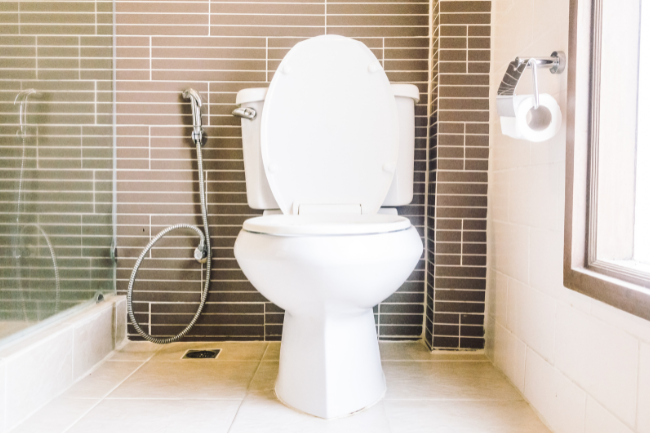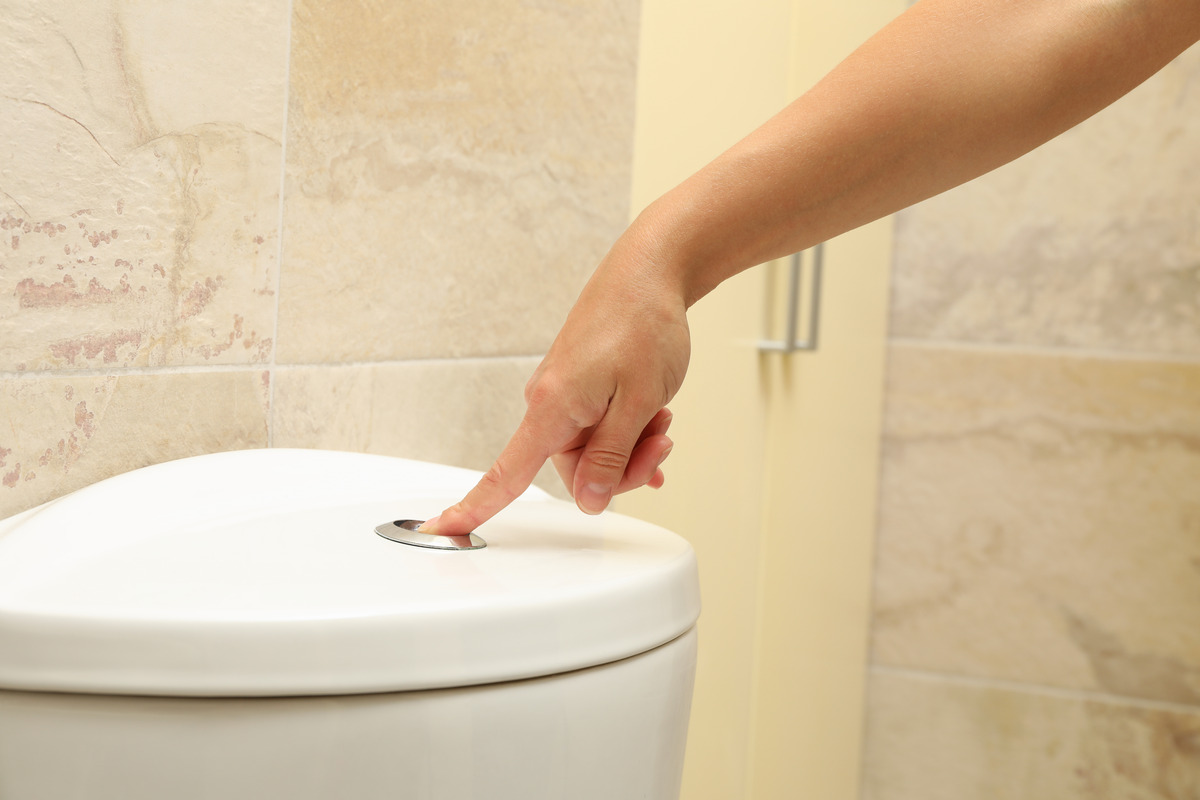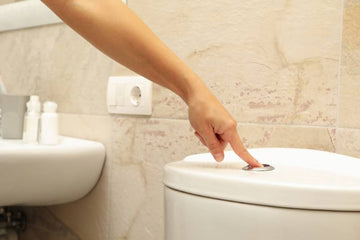In today's rapidly evolving world, the need for sustainable and environmentally friendly solutions has never been more critical. The plumbing industry, particularly when it comes to toilets, is no exception. With increasing concerns about water conservation, it is essential to understand the water-saving toilet regulations and standards that govern this sector. This article aims to provide a comprehensive overview for industry QA professionals on how these regulations impact the design, manufacturing, and installation of water-efficient toilets.

The Importance of Water-saving Toilets
Water-saving toilets play a crucial role in reducing water consumption in households and commercial buildings. By employing advanced technologies and design improvements, these toilets use significantly less water per flush compared to traditional models. Understanding the importance of these toilets is vital for those involved in quality assurance in the plumbing industry.
The Environmental Protection Agency (EPA) reports that toilets account for nearly 30% of an average home's indoor water consumption. With home improvement for water efficiency, switching to water-saving toilets can lead to substantial water and cost savings.
Key Regulations and Standards
WaterSense Certification
The United States Environmental Protection Agency introduced the WaterSense program to promote water efficiency. Toilets that earn the WaterSense label must meet rigorous criteria for performance and efficiency. These toilets use 20% less water than the current federal standard of 1.6 gallons per flush. For industry QA, ensuring products meet the WaterSense requirements is essential for both compliance and consumer trust.
American Society of Mechanical Engineers (ASME) Standards
The ASME sets the standard for plumbing manufacturers through its A112.19.2/CSA B45.1 standards for ceramic plumbing fixtures. These standards specify the minimum requirements for the performance and safety of toilets. Compliance with ASME standards ensures that water-saving toilets not only conserve water but also function effectively and safely.
National Plumbing Codes
Each country may have its national plumbing codes that include provisions for water efficiency. In the United States, the Uniform Plumbing Code (UPC) and the International Plumbing Code (IPC) both have regulations that apply to water-saving toilets. These codes ensure that toilets meet specific water use criteria, contributing to overall water conservation efforts.
Benefits of Complying with Regulations
Complying with water-saving toilet regulations and standards offers numerous benefits for manufacturers and consumers. Firstly, it ensures that products are environmentally friendly, helping to conserve water resources. Secondly, compliance provides a competitive advantage in the market, as consumers are increasingly seeking eco-friendly products. Finally, adhering to these standards can lead to financial savings for both manufacturers and end users, as water-efficient toilets reduce water bills significantly.
Additionally, by understanding and implementing these regulations, manufacturers can innovate and create products that exceed consumer expectations. For instance, technologies such as dual-flush systems, which allow users to select between a full or partial flush, further enhance water savings. For an in-depth comparison, check out dual flush vs single flush toilets.
Industry Challenges and Opportunities
While the benefits of water-saving toilets are clear, there are challenges involved in meeting the regulations and standards. Manufacturers must invest in research and development to create products that meet the necessary criteria. Additionally, ensuring compliance can require significant resources and expertise in quality assurance.
However, these challenges present opportunities for growth and innovation. By prioritizing compliance, companies can improve product quality and customer satisfaction. Furthermore, the increasing demand for sustainability in construction and renovation projects provides a lucrative market for water-saving toilets.
For those looking to stay ahead in the industry, exploring the latest innovations in sustainable plumbing can provide valuable insights and competitive advantages.
Conclusion
Understanding and complying with water-saving toilet regulations and standards is essential for industry QA professionals. By ensuring products meet the necessary criteria, manufacturers can contribute to a more sustainable future while also reaping the benefits of consumer trust and market demand. With ongoing advancements in technology and increased awareness of environmental issues, the future of water-saving toilets looks promising.

FAQ Section
What are the main regulations for water-saving toilets?
The main regulations include the EPA's WaterSense certification, ASME standards, and national plumbing codes such as UPC and IPC.
How much water can a water-saving toilet save?
Water-saving toilets can save up to 20% more water than traditional toilets, leading to significant water and cost savings over time.
What is the role of Industry QA in water-saving toilets?
Industry QA ensures that water-saving toilets meet the required regulations and standards, maintaining product quality and consumer trust.






